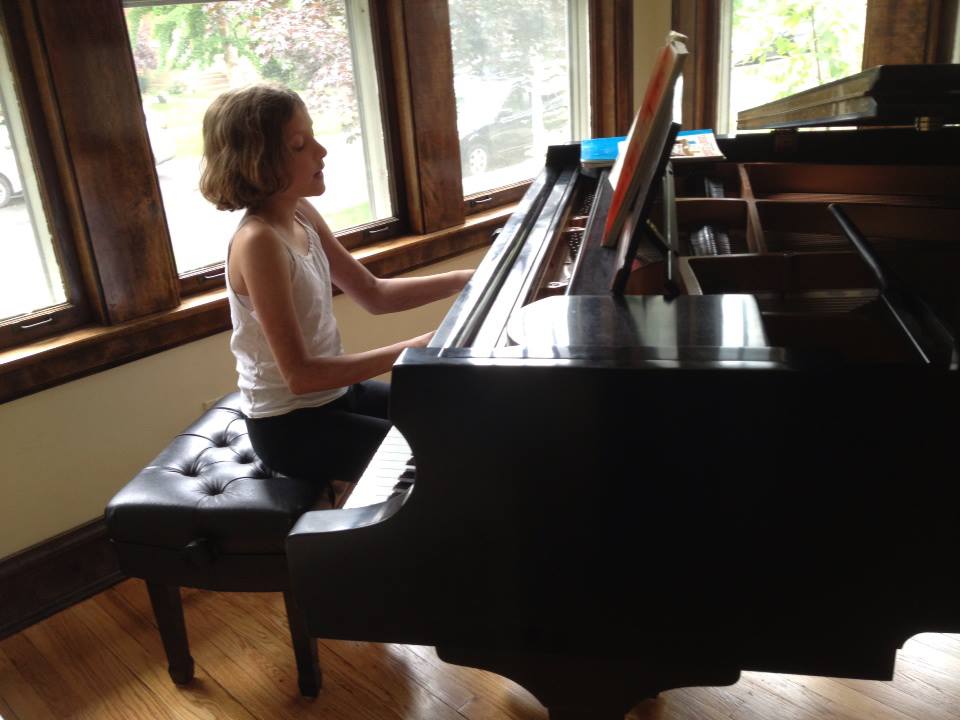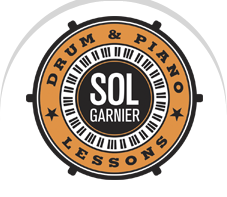Today is the day when my piano gets tuned. I can hear the tuner, Randy, doing his work right above my head. As I listen, I always wonder if I could have done his job. The answer comes pretty quickly: no! It seems impossibly difficult to hear the minute little difference between the tones. So, there is that. Oh, I know, I could train my ears to be more sensitive. For example, I can hear when someone in an orchestra is not in tune. That doesn’t mean I would be able to adjust the pitch of the three strings determining the sound of a single note on the piano (yes, some notes gets three strings, some gets two and some gets only one, the bass one).
Something else is a big mountain to climb: tuning a piano is not an exact science. Between the pitch, the voicing, the action, the wood and God-knows-what-else, tuning can be, at best referred to as an approximation. Each tuner has his own set of tools, slightly different from one tuner to the other, each worker has his own set of tricks, his own experience, his own taste. Some like it smooth, some don’t. Some like a firm action, some don’t. Some like it strong and loud, some prefer it soft and sweet, and some like it in the middle. Each time you get a tuner in your home, all of these are factored in. The way your instrument will react to these elements gives you an infinite amount of possibilities. So, tuning: not a science.
In general, a good tuner asks questions, listens to the answer and then tries to satisfy his customer by voicing the piano according to the taste he’s guessing the customer has (it is always a guess, by the way).I know that’s the way Randy operates, he’s very patient with me and we always start the session with a bit of a talk. That helps the process, I’m sure. It updates his compass about what I enjoy and wish from my instrument. From that, he can then adjust my piano. Which is exactly what he’s doing right now.
Oh, and if you want to contact Randy for your acoustic piano needs, here is his website: nodrama.com

